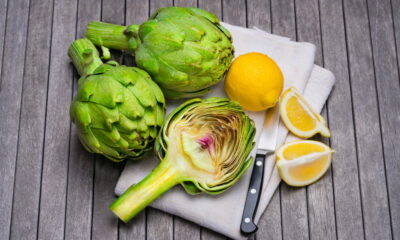Though there were times when we never thought we would get here, but nowadays, our children have become very self-sufficient in terms of their morning routines. While there remain certain areas in which they require a little bit of assistance, most of the time the children work hard to accomplish daily tasks on their own. A key thing that must be done each day before school is packing healthy lunches. This has always been rather time-intensive and a bit frustrating as well. I have suggested that this be done the night before, but that never seems to happen. Therefore, we do it in the morning.
Once lunch bag packing commences, the kitchen turns chaotic. Food goes everywhere, and a mess is left behind. However, the end result makes it all worthwhile. The kids are learning an important lesson in how to pack a lunch that is healthy for their bodies and friendly to the environment as well.
What Are Green Lunches?
A critical facet of a green lunch is that there is zero, or at least minimal, waste involved. Kids’ lunches are known to produce over 3.5 billion pounds annually of unnecessary waste. The average elementary school creates roughly 18,760 pounds of garbage all on its own. This is a staggering set of statistics indeed.
Since our children started school, we have worked hard at creating lunches that produce the smallest amount of waste possible. Each one has a reusable lunch sack in the color of their choice. As I selected these bags, I looked for options that would stop food items from touching potentially harmful chemicals and materials. The reusable bags we have are free of BPA, lead, PVC and phthalate – you can order one here via this easy ordering process.
Sending reusable lunch bags and produce little or no waste is a great way to reduce the school’s overall production of garbage. Some terrific reusable lunch box-related items include things like utensils, napkins and drink bottles.
What Do Our Green Lunches Look Like?
It would be nice to be able to say that the green lunches we send with the kids each day are full of variety and excitement, but this is not exactly the case. My children are quite set in their ways and like having the same things time and time again. As such, there are some things that always seem to make their way into their lunch bags.
Staples for our green lunches include freshly cut organic fruits, baby carrots, sandwiches made of organic bread and fresh turkey and the occasional less-than-healthy snack treat. We also send water in a reusable bottle, and we particularly like the Klean Kanteen products.
Tips For A Truly Green Lunch
It is wise to choose treat items with care in order to achieve a green lunch experience. Avoid purchasing individually-wrapped snack items such as chips, cookies and the like. These are incredibly wasteful in the amount of packaging they use, and they are also more expensive than servings taken from a larger quantity kept at home.
Our family looks for organic products when it makes sense to do so. Keep in mind that just because something has a label that reads “organic,” that does not always mean that the product is a healthy one. Lots of “organic” items have still been heavily processed and contain significant amounts of sugar. Food labeling should always be carefully read. If something has a seemingly endless list of unusual ingredients, it is probably best to make a different choice.
Finally, when it comes to reusable, green lunches, accept that fact that certain items will probably get lost over time and may need to be replaced on occasion. Labeling reusable items with a permanent marker can help, but the fact is that until the kids grow accustomed to bringing their items home each day, it is inevitable that some of your reusables may not make their way back home.


 Environment10 months ago
Environment10 months agoAre Polymer Banknotes: an Eco-Friendly Trend or a Groundswell?

 Environment11 months ago
Environment11 months agoEco-Friendly Home Improvements: Top 7 Upgrades for 2025

 Features9 months ago
Features9 months agoEco-Friendly Cryptocurrencies: Sustainable Investment Choices

 Features10 months ago
Features10 months agoEco-Friendly Crypto Traders Must Find the Right Exchange






























